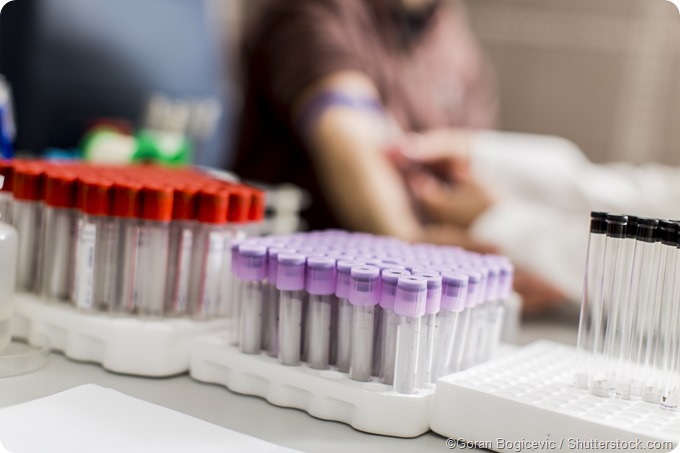The field of metabolomics has the potential to be applied in a number of settings to offer practical use. It remains a relatively young field of research and, therefore many of its applications of metabolomics are still only becoming evident. Nonetheless, this article covers some of the present and future ways in which metabolomics could be applied.

Toxicology
Metabolic profiling of the urine or blood could be utilized for the assessment of toxicity. Several techniques are able to detect physiological changes in the physiological sample that result from the presence of a toxin or toxins.
The information that is revealed by way of metabolic profiling can also be related to a specific health condition or syndrome, such as a lesion in the liver or kidney. Pharmaceutical companies have expressed interest in this field because the ability to test the toxicity of potential drug candidates via its metabolic effects has the potential to make significant savings in the funding needed for clinical trials before a new drug is opened to the public.
Functional genomics
Metabolomics could be very useful in researching the phenotypes that may result from a certain genetic manipulation in the field of functional genomics. For example, sufficient knowledge about the behavior of the metabolome could help to predict the phenotypes that would present if a gene was deleted or inserted into the genome.
The detection of phenotypic changes can be applied in a number of practical settings. As a prime example, genetically modified plant material for human consumption can be examined for phenotypic changes. Any changes that have the potential to alter the metabolome of the organisms that consume the genetically modified material may be predicted before they are made available for public consumption.
Additionally, metabolomics could make it possible to predict the function of unknown genes, by way of comparing metabolic perturbations caused by the modifications of known genes. Model organisms of Saccharomyces cerevisiae and Arabidopsis thaliana are currently being undertaken and could lead to such advances in the future.
Nutrigenomics
Nutrigenomics combines the knowledge obtained from genomics, transcriptomics, proteomics and metabolomics with nutritional principles for humans.
A metabolome of any body fluid depends on various endogenous factors including the individual’s age, gender, body composition, genetic susceptibilities, and concurrent health conditions, as well as exogenous factors such as nutrients, other components of food and medications.
Metabolomics can be applied in nutrigenomics to determine the metabolic fingerprint of an individual, which portrays the effect of the endogenous and exogenous factors in the body on the metabolism of the individual.
Health and medical
Metabolomics also promises to help advance the current understanding, diagnosis and treatment of several health conditions, such as endocrine diseases and cancer. The field can help to identify the pathophysiological processes of disease and mechanisms that can be targeted to manage the disease.
For example, metabolomics biomarkers in tissue samples or biopsies can be used to categorize and stage the progression of cancers. The information can then be used to guide the appropriate decisions for treatment.
Metabolomics: A new path toward personalized medicine
Environmental metabolomics
Metabolomics can also be applied to characterize the ways in which an organism interacts with its environment. Studying these environmental interactions and assessing the function and health of an organism at a molecule level can reveal useful information about the effect of environment on an organism’s health. This can also be applied to a wider population to provide data for other fields of research, such as ecology.
References
- http://www.biotechniques.com/BiotechniquesJournal/specialissues/2009/April/What-is-metabolomics-all-about/biotechniques-140692.html
- https://www.scq.ubc.ca/a-brief-overview-of-metabolomics-what-it-means-how-it-is-measured-and-its-utilization/
- http://www.nature.com/nrd/journal/v15/n7/full/nrd.2016.32.html
- https://www.ncbi.nlm.nih.gov/pmc/articles/PMC3709411/
Further Reading